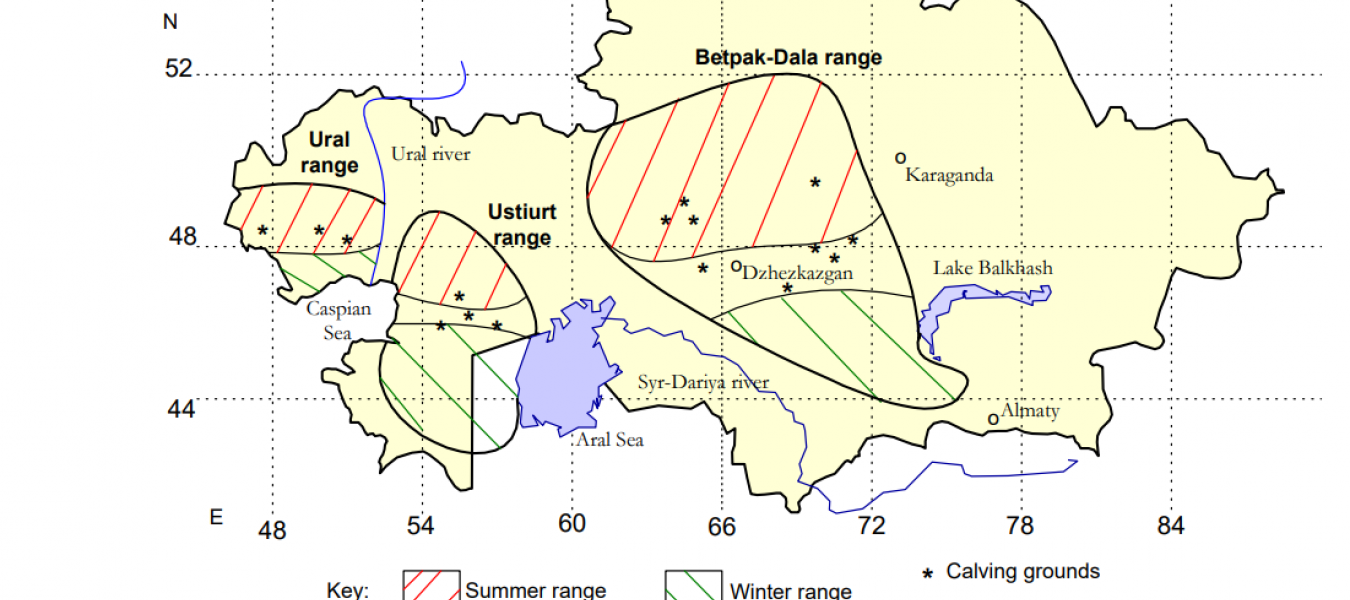The dynamics of parasite transmission between the Saiga antelope and domestic livestock in Kazakhstan

This thesis aims to further our understanding of the factors that affect parasite transmission within and between saiga and livestock populations in Kazakhstan, using a combination of approaches. Archive data from previous parasite surveys are re-evaluated in the light of recent thinking on parasite ecology, and parasite abundance in different host groups is measured using post mortem parasite extraction and coprological techniques. Abomasal nematodes are identified as a group of major significance, and work is focused on them. Detailed examination of specimens reveals Marshallagia marshalli and Marshallagia mongolica to be present in both saigas and sheep, while Nematodirus gazellae appears to be restricted to saigas and Haemonchus contortus to sheep. Comparison of parasite burdens between host groups, taking account of overdispersion and observation error, suggests that immunity has little effect on parasite burdens, except in the oldest hosts. The times and places of peak transmission seem to differ between species.
A model of parasite transmission is developed, that considers multiple host populations, saiga migration, and the effect of climatic variation on the free-living parasite stages. The model demonstrates that differences in the life histories of Haemonchus, Marshallagia and Nematodirus can account for observed patterns of parasite acquisition in time and space. The principal sources of uncertainty in the model predictions are identified and used to prioritise future work. Manipulation of the model is used to examine the importance of host population size and distribution to parasite persistence, and to explore strategies for reducing the risk of interspecific transmission of abomasal nematodes.
